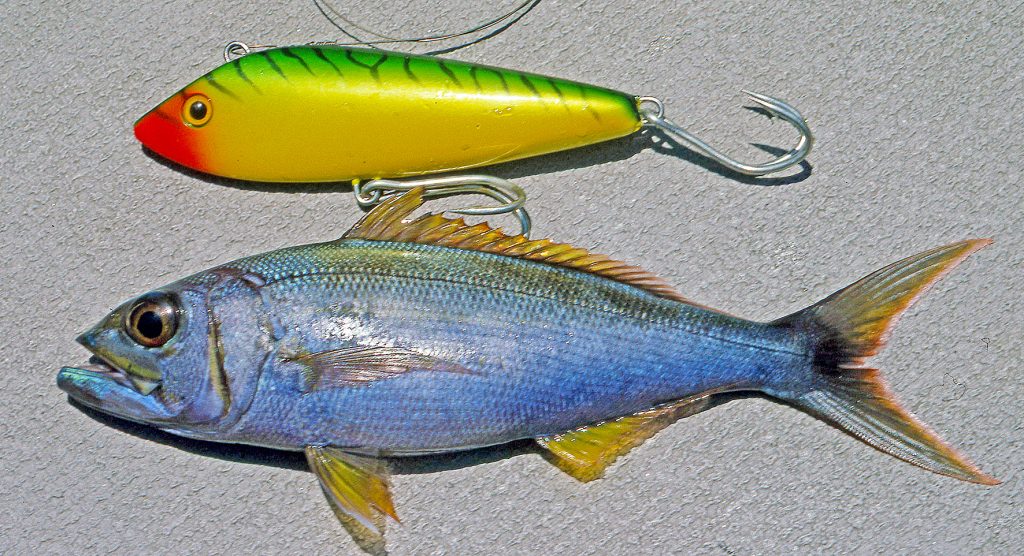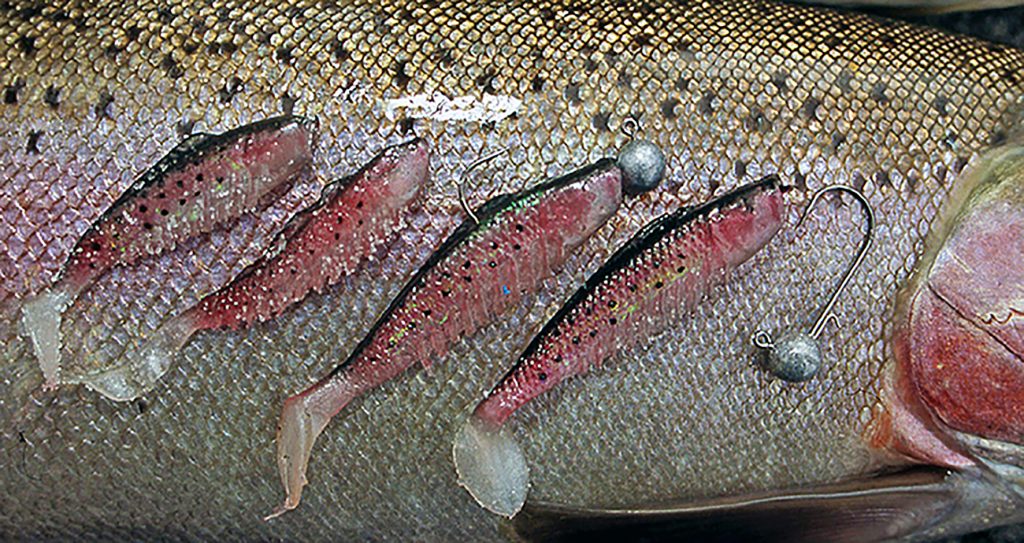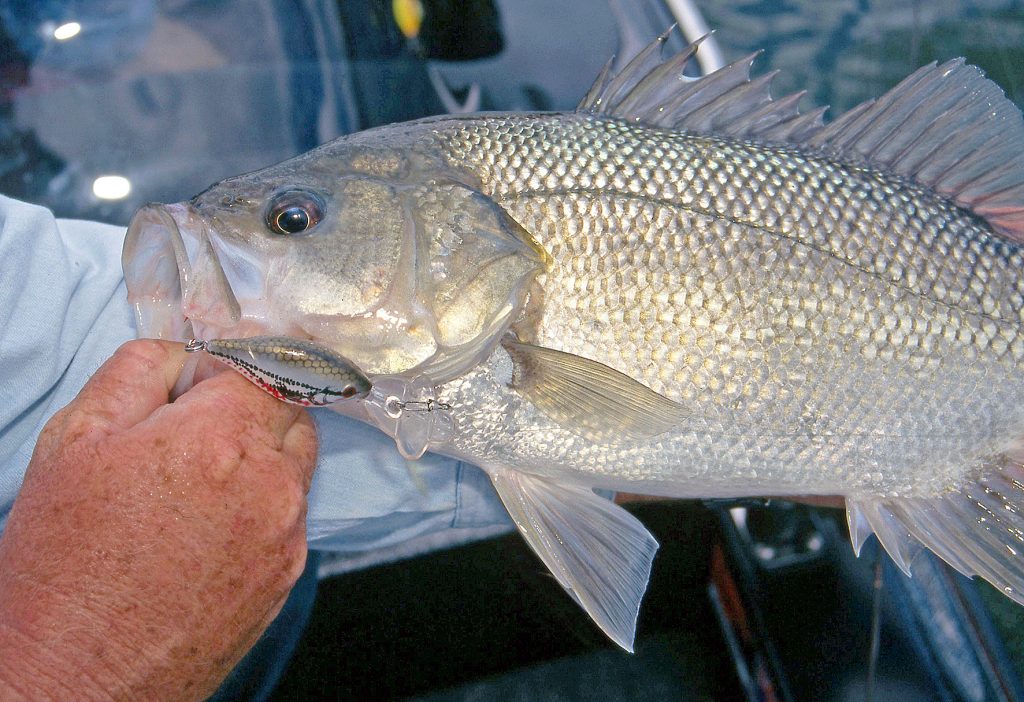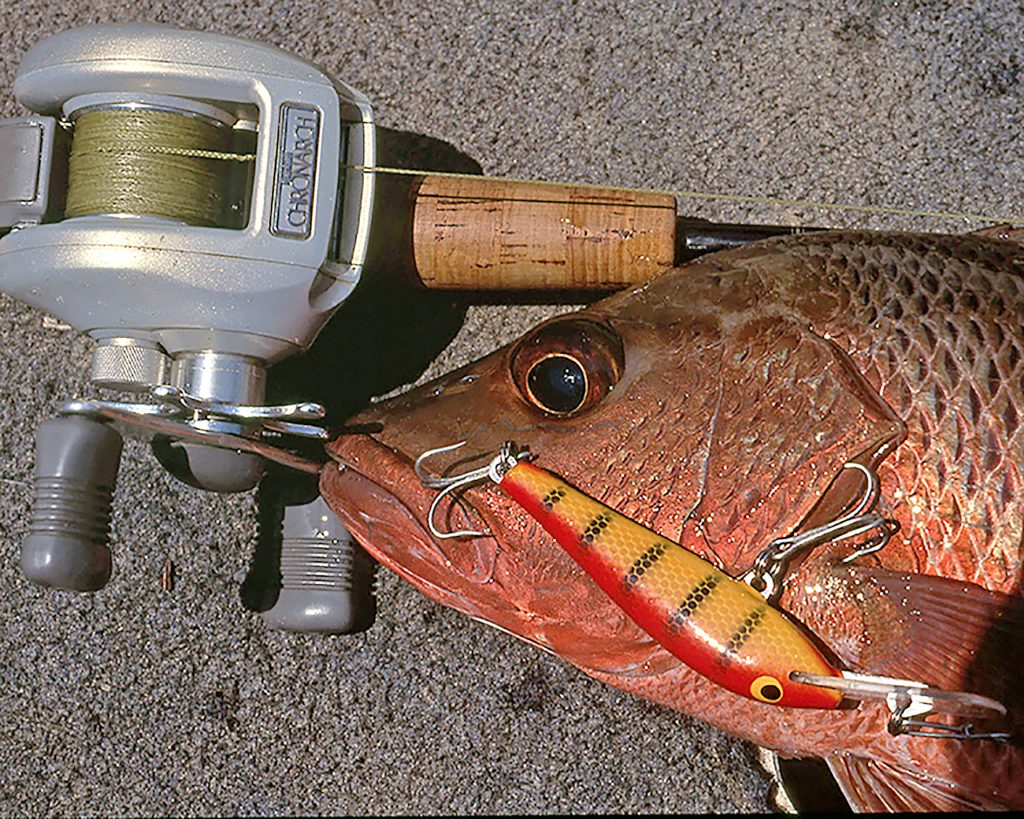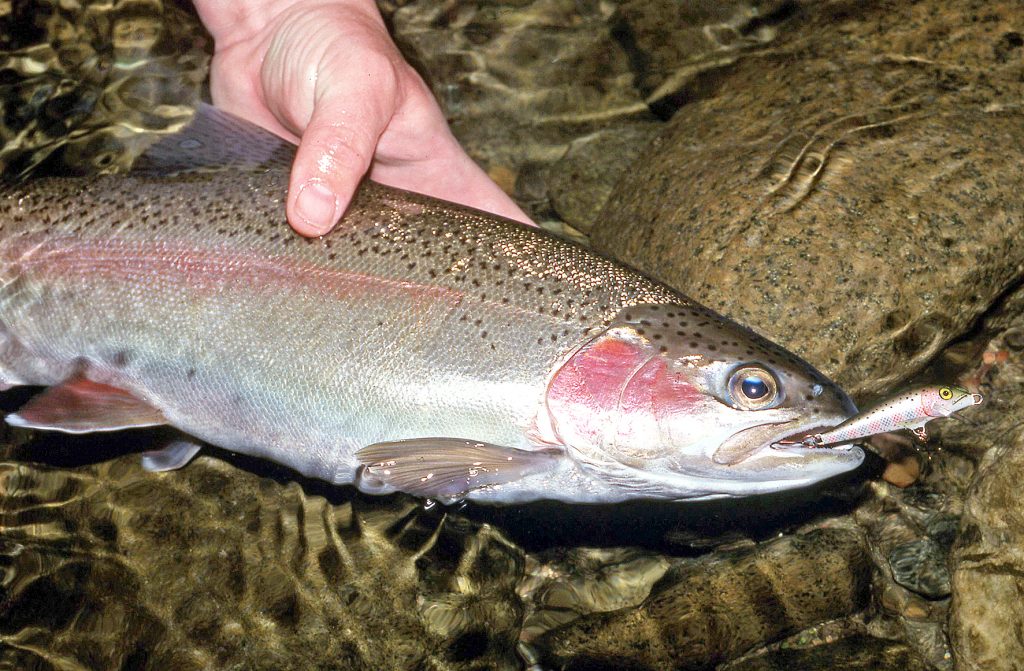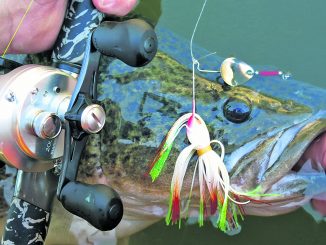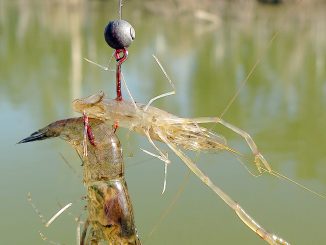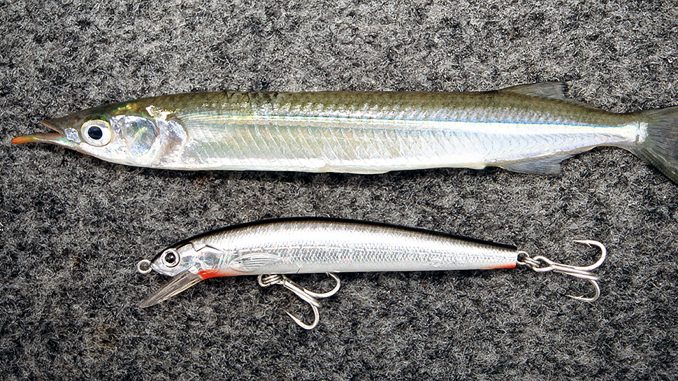
• by Steve ‘Starlo’ Starling (first published October 2021)
We all know about ‘matching the hatch’, but what about ‘matching the catch’? Believe it or not, choosing a lure that imitates the fish you’re chasing can sometimes be at least as effective as mimicking its common food sources!
The concept of ‘matching the hatch’ is one of lure fishing’s more widely accepted ‘rules’. This commonsense approach of choosing a lure that looks (at least vaguely) like a prey item the target fish is familiar with owes its origins to fly fishing, especially for trout. Many of the insects trout hunt begin life as aquatic nymphs, crawling on streambeds. As they mature, these nymphs swim to the surface, crack open their little shells and ‘hatch’ into flying adults. Fly fishers imitate the various stages of these insects with their fur and feather creations. In other words, they try to ‘match the hatch’.
Lure and fly fishers targeting all manner of species in both fresh and saltwater use exactly the same principle, albeit to imitate very different critters to the mayflies and caddis moths of a trout stream. So, if tuna, salmon or kingfish are chasing little matchstick-sized, silvery baitfish, we know it makes perfect sense to use a lure or fly that looks at least a bit like one of those morsels. Similarly, if flathead and bream are hunting prawns, an offering shaped and coloured like a prawn and worked to imitate one is very likely to get belted.
Matching the hatch means precisely what it says: imitating as closely as possible the size, action, colour and swimming depth of a certain prey item. Yet, on some days, following this path can be frustratingly unproductive and success could ultimately mean throwing the rule book out the window and trying something distinctly left-field.
Believe it or not, sometimes you’ll actually do better by imitating the target species itself (at least in terms of colour and shape) rather than what it might be eating. I call this somewhat unorthodox approach ‘matching the catch’ and it has a proven history of success in a broad range of scenarios: salt and fresh.
‘Matching the catch’ means imitating colours, shapes and actions seen in the target species themselves. That could mean using a trout-patterned minnow to fool a trout, a Murray cod coloured deep diver to catch a big cod, or a rusty red, deep-bodied shad to trick a mangrove jack.
While it might seem counter-intuitive at first glance, this idea of imitating certain aspects of your target species actually makes perfect sense on several levels. For starters, many fish are highly cannibalistic and will readily prey on juveniles of their own species. Secondly, there are often territorial and aggressive responses to the presence of smaller members of their own kind within their ‘personal space’ or territory. Finally, it’s perfectly reasonable to assume that the eyes of any species are well suited to seeing and recognising its own colours, patterning and body shape, even in low light or dirty water conditions. So, it’s highly likely they will see a lure or fly that looks a little like them, and almost as likely that they may attack it or try to eat it.
Whatever the precise mechanisms at work here, ‘matching the catch’ very often does the trick, and is an excellent alternative strategy to have up your sleeve when lure or fly fishing, especially if the more conventional approach of ‘matching the hatch’ draws a blank. But don’t take my word for it: give it a try!

